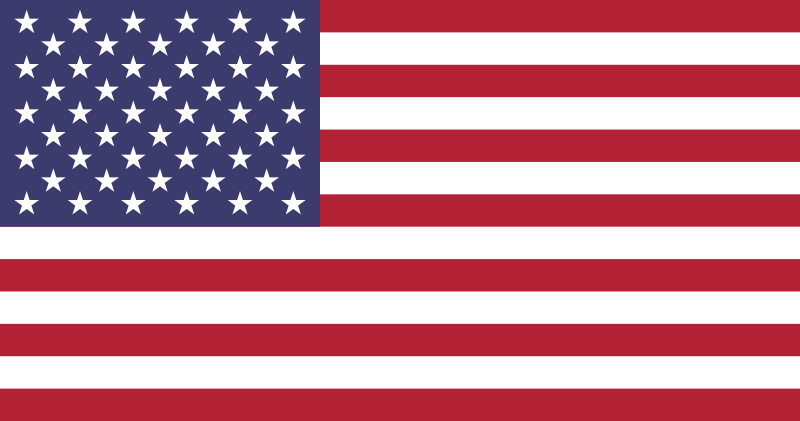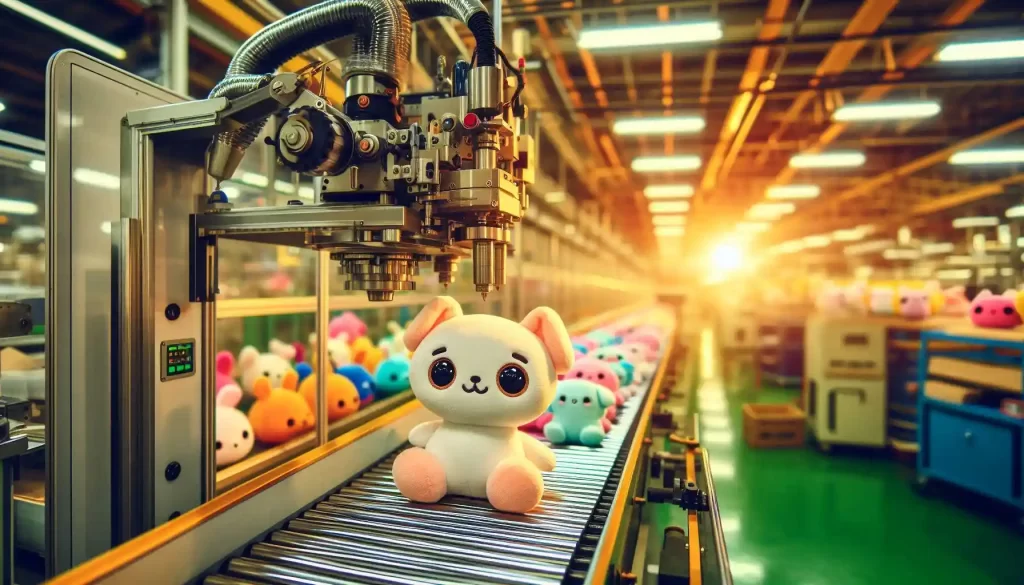Plushies
How Plush Toys Are Made: A Practical Guide to Quality Soft Plushies
Table of Contents
Introduction: Why Understanding Plush Toy Design Matters
Plush toys are adored across generations for their softness, charm, and emotional comfort—not to mention their visually delightful, squishable appeal. Whether they’re childhood companions or aesthetic collectibles, these cuddly creations play a surprisingly important role in emotional development and design culture. Understanding how plush toys are made can deepen appreciation and help consumers make better, more informed choices when purchasing soft plush toys, cat plush toys, or other novelty soft plushies.
This guide explores the step-by-step process involved in bringing a plush toy from idea to shelf, including concept design, material selection, prototyping, and quality control. With an added focus on what to look for in a high-quality plush toy, this article equips readers with insights that go beyond surface-level cuteness to ensure the plush toy they choose is safe, durable, and truly worth the hug.
Concept and Design
Idea Generation
Every plush toy begins with an idea—a creative spark inspired by emerging trends, nostalgic characters, or market demand. Toy designers brainstorm based on consumer interests, cultural moments, and feedback from children and parents. For instance, if data shows a spike in demand for cat plush toys or fantasy creatures like axolotls, designers will develop concepts that reflect these trends.
Sketching and Modeling
Once a concept takes shape, designers create multiple sketches to visualize proportions, poses, and expressions. These initial drawings evolve into detailed templates used for both artistic direction and technical modeling. For example, a design for soft cat plush toys might include specific traits like expressive whiskers, sleepy eyes, or curled tails to enhance their personality.
Some design teams also create 3D computer models or clay sculptures at this stage to test dimensions and ergonomics before fabric patterns are created.
Prototyping
Creating the Prototype
Once the design sketches and materials are finalized, the next major milestone is the creation of a prototype—a physical model that brings the concept to life. This stage is where ideas are transformed from two-dimensional plans into a three-dimensional plush companion. A pattern maker converts the designer’s sketches into fabric templates that guide the cutting, shaping, and sewing of each component.
For a soft plushie, this process might involve cutting various shapes of fleece or minky fabric, sewing the body segments together, and adding details such as embroidered eyes, stitched mouths, or appliqué designs. At this stage, the plush is also lightly stuffed to simulate final form and huggability. Stuffing is usually polyester fiberfill, chosen for its resilience, softness, and hypoallergenic properties.
In the case of complex designs—such as soft cat plush toys with curled tails or multi-textured bodies—several prototypes might be made to test how features like ears, limbs, or accessories hold their shape and how easily the final product can be mass-produced. Designers and quality teams assess the plush for accuracy, softness, seam strength, and overall appeal.
Testing and Refinement
The prototype isn’t just for aesthetics—it’s the foundation for performance testing and product safety assessment. Once assembled, the prototype undergoes rigorous scrutiny. Stitch tension, seam alignment, and material durability are tested under simulated conditions that mimic regular use by children, such as stretching, pulling, and machine washing.
Prototypes also help identify potential safety issues. Are any buttons or sewn-on features a choking hazard? Do materials shed fibers or lose their softness after washing? These are especially critical questions for plush toys aimed at infants or toddlers. For this reason, reputable manufacturers follow international safety standards such as ASTM F963 (in the U.S.) or EN71 (in the EU), ensuring that their products pass mechanical, flammability, and chemical safety evaluations.
Any faults uncovered during testing result in further refinements. It’s not uncommon for a toy to go through several iterations of prototyping before it’s ready for mass production. The goal is always the same: a safe, durable, and delightfully squishable plush toy.
Manufacturing and Quality Control
Mass Production
After a prototype has passed all safety checks and design approvals, the plush toy enters the mass production phase. This stage typically takes place in specialized factories equipped to handle the precise processes required for consistent, high-volume output. Manufacturers use the final prototype as a master reference for creating production templates, fabricating molds for any accessories, and setting quality benchmarks.
Fabric pieces are cut in bulk using precision die-cutting machines or laser cutters to ensure uniformity. These pieces are then stitched by skilled workers—either entirely by hand or using industrial sewing machines—depending on the complexity of the design. For example, soft cat plush toys with curled tails or paw embroidery may require a mix of automated and hand-finished details to maintain quality.
The toys are then stuffed, often using pneumatic stuffing machines that fill each plush uniformly with polyester fiberfill or an eco-friendly alternative like recycled PET. Stuffing levels are carefully calibrated to ensure a soft, squishy feel without compromising structural integrity.
A final stage in manufacturing includes securely attaching embellishments such as embroidered logos, clothing, or facial features. All items must meet not only aesthetic standards but also safety regulations, especially for children under three years of age.
Quality Checks
Every batch of manufactured plush toys is subjected to strict quality control (QC) procedures before they can be packaged and shipped. These checks are vital to ensure that the mass-produced toys remain faithful to the prototype and meet international safety standards.
QC inspectors typically examine:
- Stitching durability and alignment
- Even distribution of stuffing
- Secure attachment of features (e.g., ears, tails, eyes)
- Material compliance with non-toxic certifications
- Washability and colorfastness
- Overall aesthetic consistency
Random samples from each production lot are pulled for detailed inspection. In some cases, plush toys are also tested in-house or by third-party labs for chemical safety, ensuring they are free from harmful dyes or plasticizers.
Brands that prioritize safety, such as those certified by OEKO-TEX® or adhering to the U.S. Consumer Product Safety Commission (CPSC) guidelines, often make these certifications clear in their marketing. Buyers looking for soft plushies or soft cat plush toys should check for these credentials, especially when shopping online or from unfamiliar brands.
Packaging and Distribution
Attractive Packaging
Once the plush toys pass quality assurance, the next critical step is packaging. Packaging plays both a functional and psychological role—it protects the product during transport while also enhancing its visual appeal to consumers. For high-end soft plushies or collector-focused items like specialty cat plush toys, packaging design can influence purchasing decisions just as much as the toy itself.
Retail plush toys are often packaged in display boxes with clear windows or minimalist branded cartons that highlight the toy’s shape, colors, and features. These packages are designed with shelf visibility in mind and frequently include information such as age suitability, care instructions, material certifications, and manufacturer details.
Online purchases, however, are usually shipped in compression-sealed packaging. This reduces shipping volume and environmental footprint but may surprise buyers upon arrival, as the plush may appear temporarily flattened. High-quality plush toys, especially those made from resilient and plush fabrics, regain their shape quickly once removed from the packaging and gently fluffed.
Sustainable brands are also shifting toward eco-conscious packaging options, such as recyclable cardboard, biodegradable plastic alternatives, and minimal ink printing. These efforts resonate especially well with consumers who value environmental responsibility and product safety.
Distribution Channels
Plush toys reach consumers through a variety of distribution channels. Major toy companies may rely on a global network of retail stores, while indie brands and boutique plush creators often favor direct-to-consumer platforms like Etsy, Shopify, or their own branded websites. Tixymix.com, for example, offers a curated selection of soft and whimsical plush toys crafted with care and aesthetic appeal—catering to buyers who seek both cuteness and quality in one bundle.
Large retailers often use centralized warehouses for bulk distribution, while smaller operations may fulfill orders on demand. Regardless of the model, reliable shipping practices, tracking systems, and responsive customer service are all key components in maintaining customer satisfaction and brand reputation.
It’s also worth noting that plush toys are frequently featured in seasonal gift campaigns, collector releases, and limited-edition runs. As a result, timely distribution and inventory management are vital to ensuring popular items remain in stock—especially around holidays or cultural events.
To make informed purchases, consumers are encouraged to:
- Check product reviews and ratings
- Confirm the toy’s country of manufacture
- Look for third-party certifications or quality seals
- Verify seller authenticity on large marketplaces
Conclusion: What to Look for in a Quality Plush Toy
The journey of a plush toy—from initial idea to the final product on a shelf or doorstep—is more than just an assembly line. It is a carefully coordinated process involving creativity, engineering, child psychology, and stringent safety protocols. Understanding each step—from concept development and material selection to prototyping, quality checks, and packaging—can help consumers make confident, informed choices when shopping for soft plush toys, cat plush toys, or other soft plushies.
A high-quality plush toy is defined by more than its cuteness. Look for indicators such as durable stitching, hypoallergenic materials, machine-washable fabrics, and third-party safety certifications. Whether purchasing for a child, a collector, or simply someone in need of comfort, these qualities ensure the toy will endure love, play, and time.
Modern consumers are also encouraged to think beyond the product itself—supporting ethical manufacturers, prioritizing eco-friendly packaging, and reviewing brand transparency. By doing so, buyers not only bring home a beloved plush companion but also support responsible industry practices.
As the demand for thoughtfully designed, emotionally resonant, and safe plush toys continues to grow, platforms like Tixymix.com offer curated collections that balance charm with craftsmanship. Whether it’s a floppy cat plush or a fantasy-themed soft plushie, there’s joy in knowing how it came to life—and confidence in choosing one that’s made to last.
References
Singer, D. G., Golinkoff, R. M., & Hirsh-Pasek, K. (Eds.). (2006). Play = learning: How play motivates and enhances children’s cognitive and social-emotional growth. Oxford University Press.
Ginsburg, K. R., & the Committee on Communications, and the Committee on Psychosocial Aspects of Child and Family Health. (2007). The importance of play in promoting healthy child development and maintaining strong parent-child bonds. Pediatrics, 119(1), 182–191. https://doi.org/10.1542/peds.2006-2697
Cross, G. (1997). Kids’ stuff: Toys and the changing world of American childhood. Harvard University Press.
Wiles, M., & Hart, L. (2021). The psychology of pretend play: Implications for educational toy design. Child Development Perspectives, 15(2), 88–94. https://doi.org/10.1111/cdep.12369


